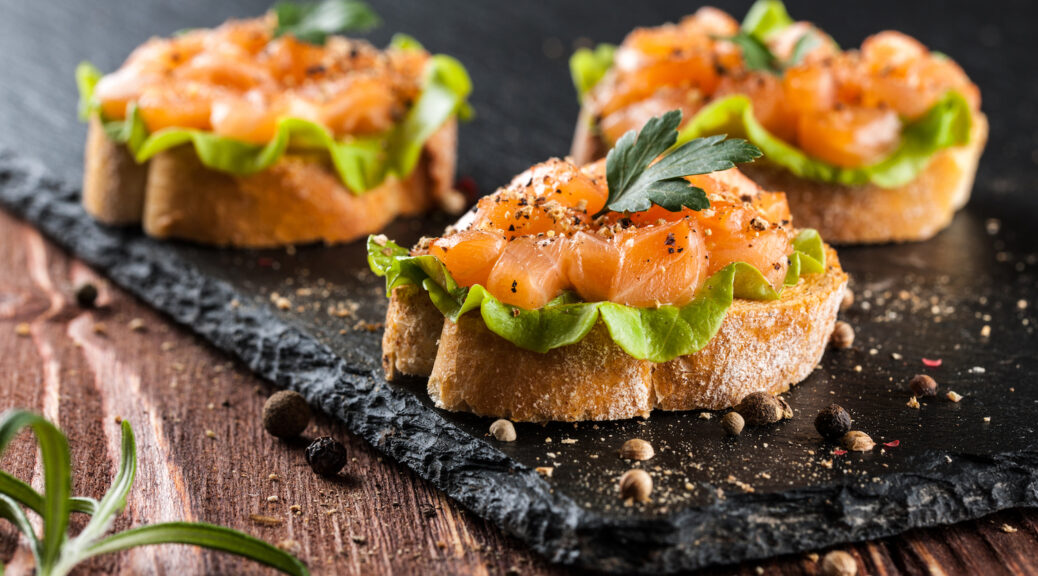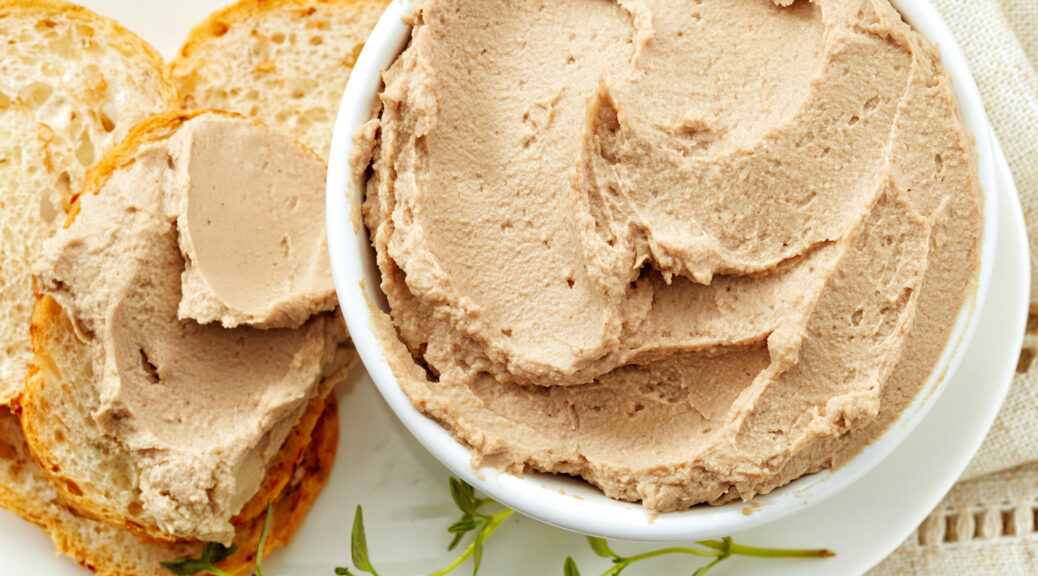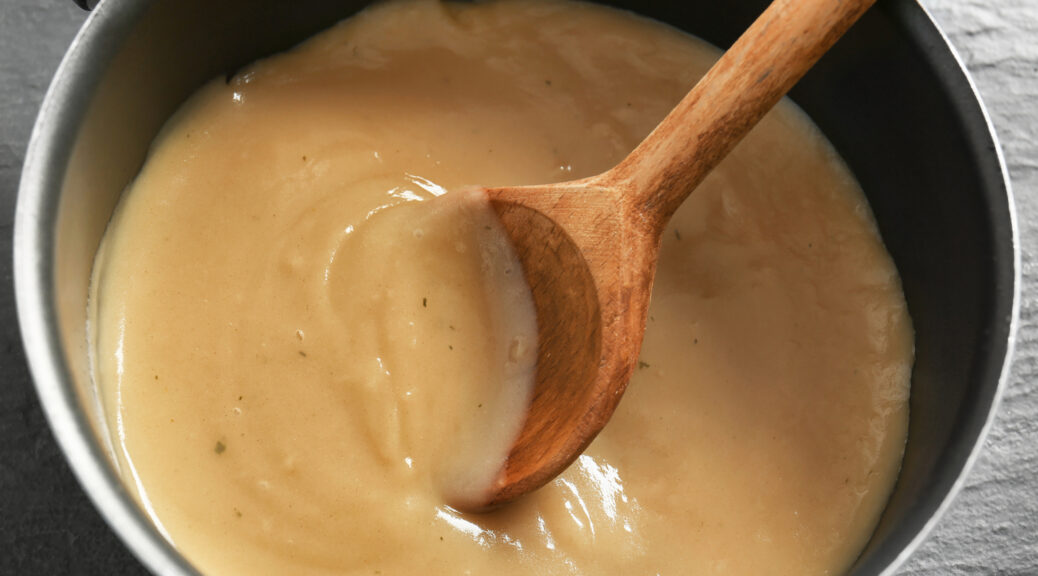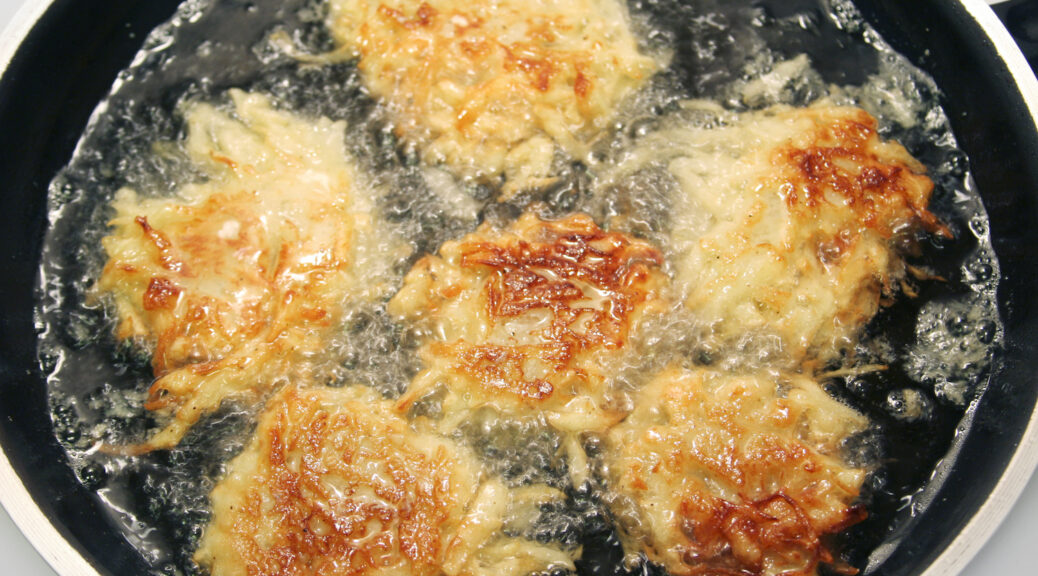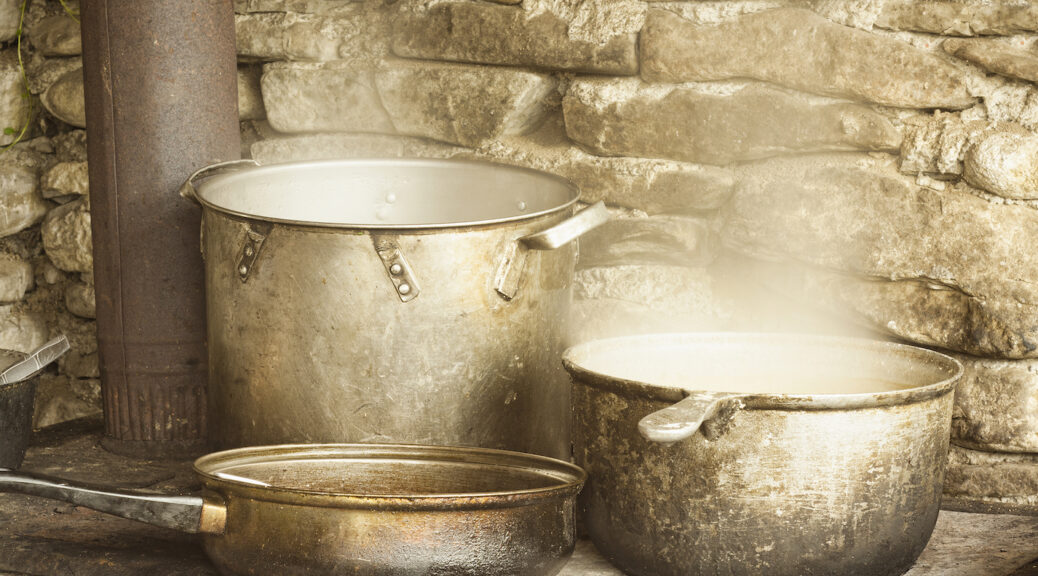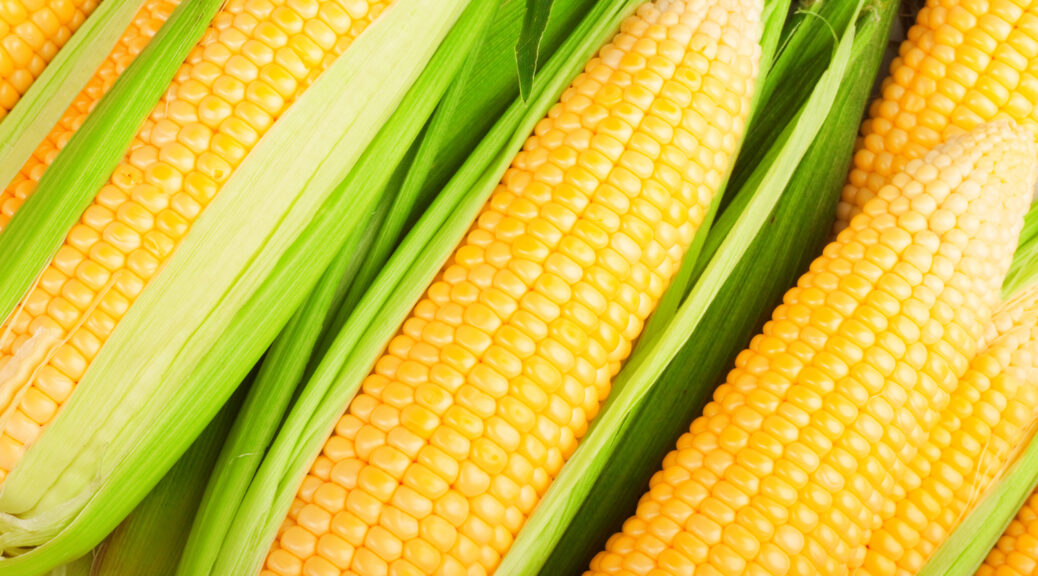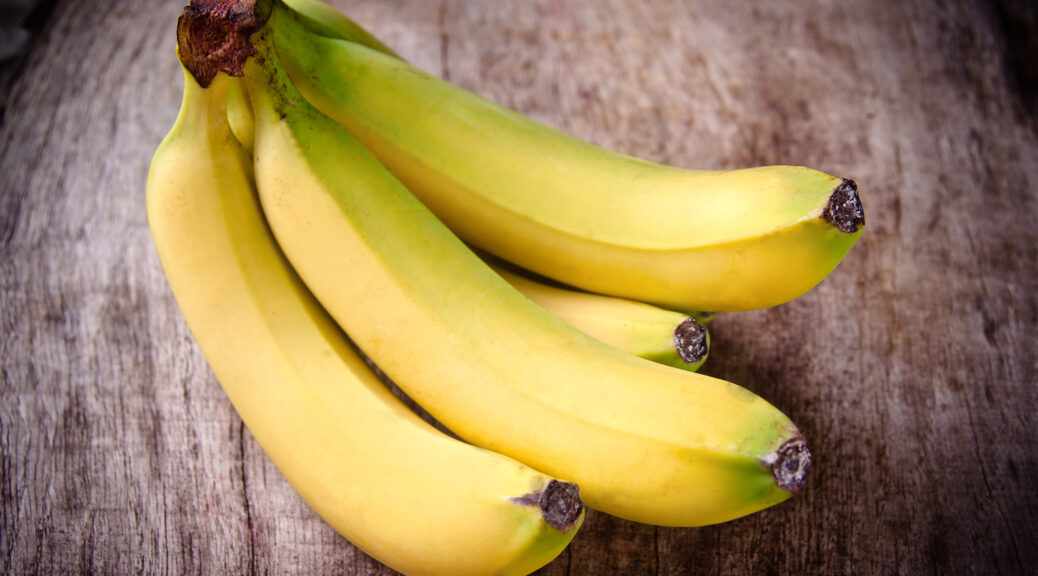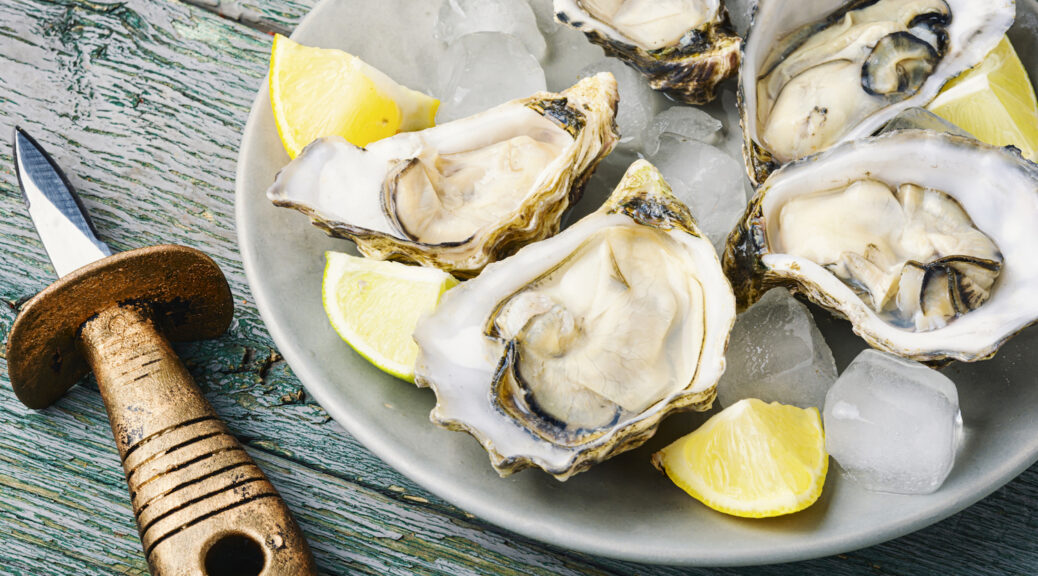How to Make Delicious Canapes
A canape is half of a sandwich. Slices of bread are cut into fancy shapes, toasted or quickly fried in hot oil, or they may be spread with butter and browned in a quick oven. One slice only is used for each canape. The mixture is spread on top, the top garnished, and the canape used at once. INFORMATION BELOW FROM 1800s COOKBOOKS Cold canapes are placed always among the appetizers and served before the soup. They are made of…
